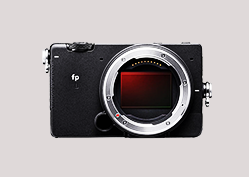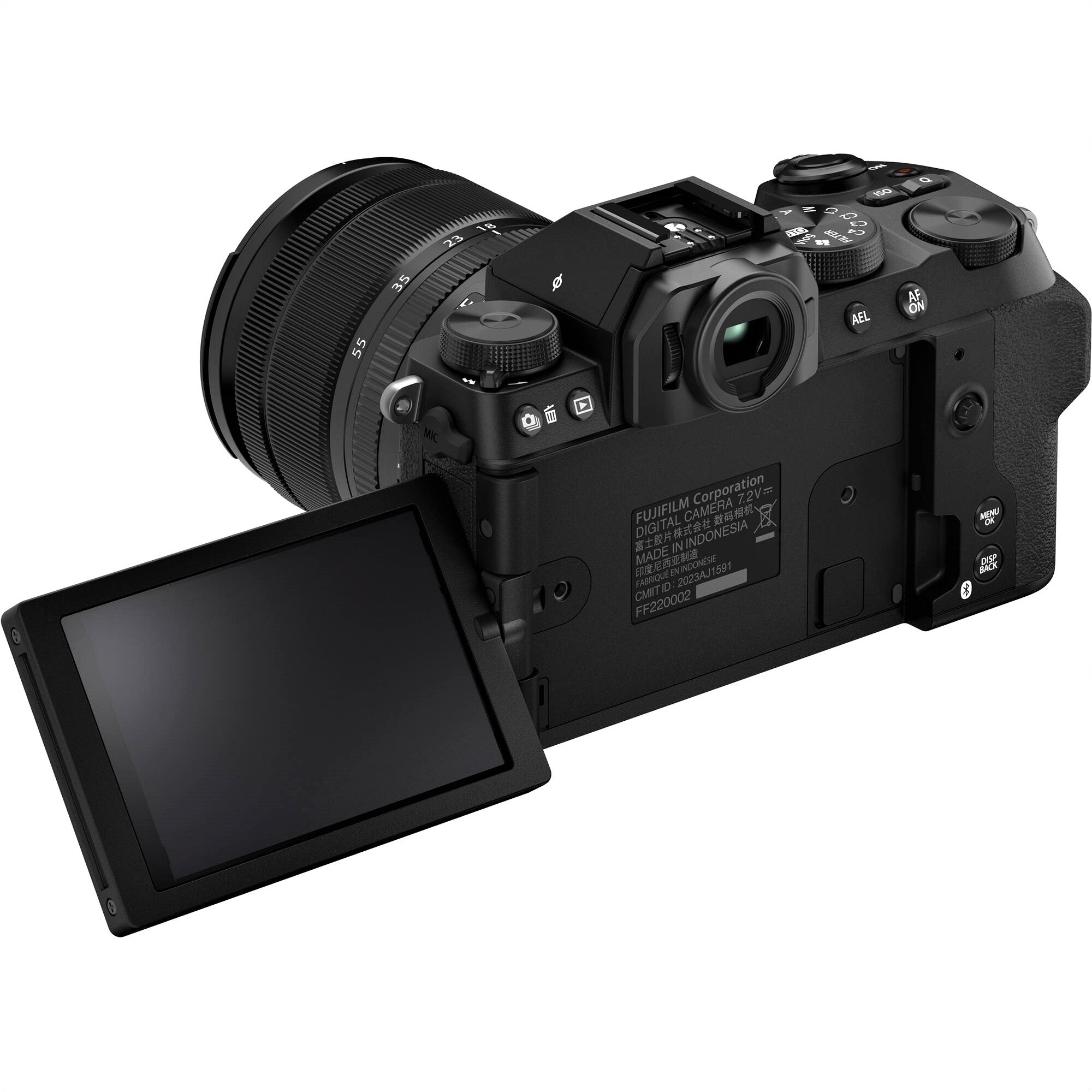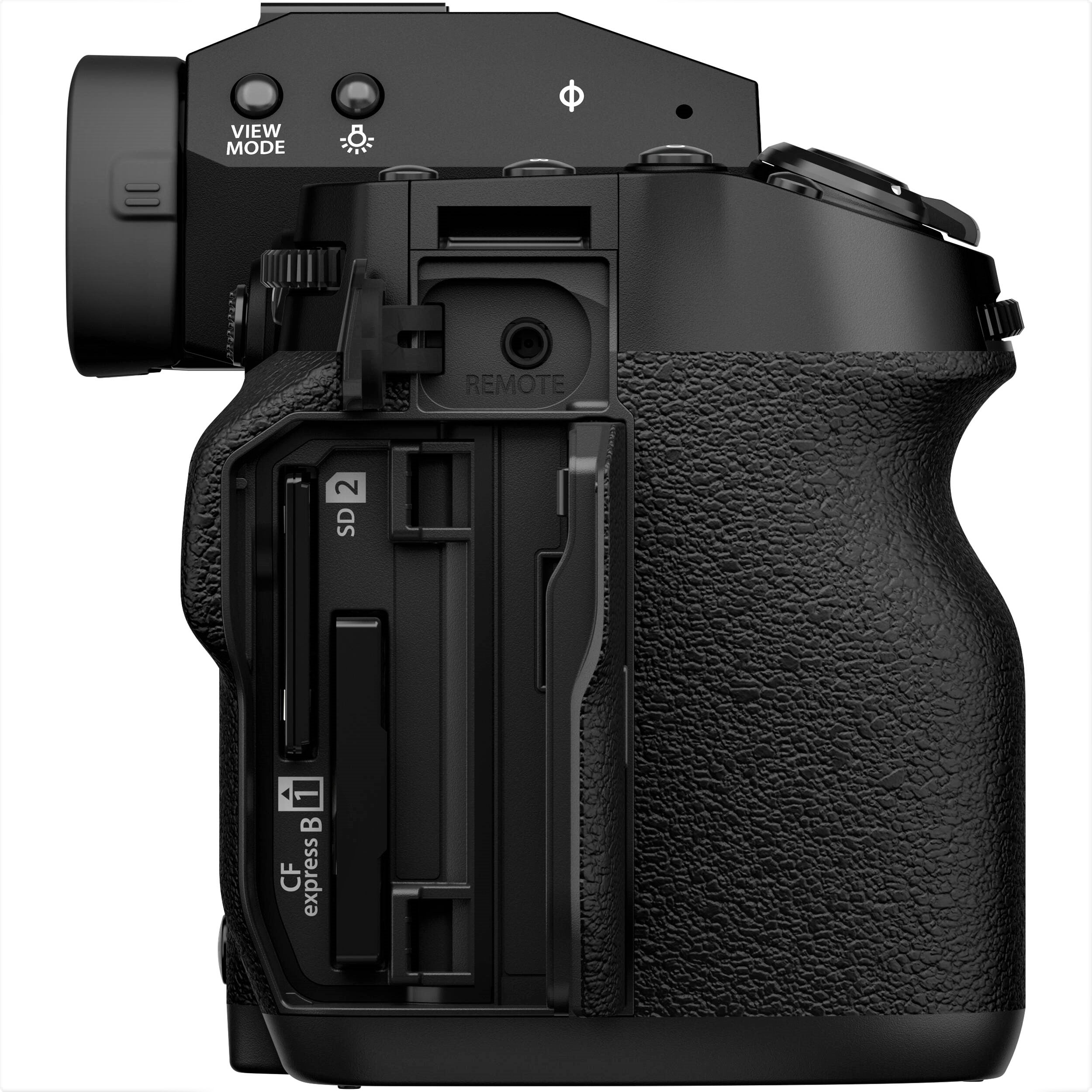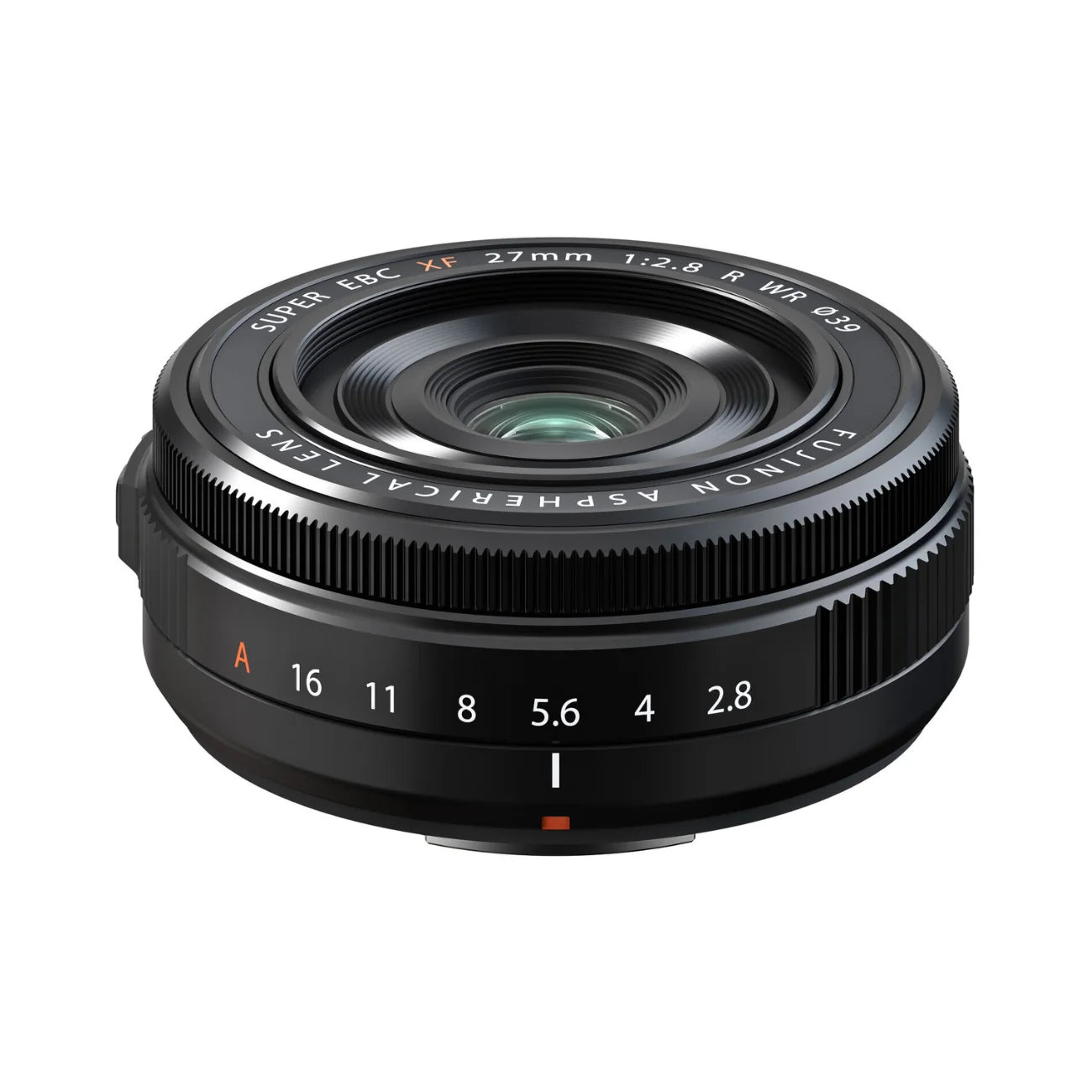Imagine this: you’re at an outdoor wedding, bathed in the sunset's golden glow. Camera in hand, you’re ready to capture a moment that feels almost magical. The key? The right lens.
Picking the perfect lens isn’t just technical—it breathes life into your photos. It’s about seizing the emotions and fine details that elevate a good photo to greatness. Whether you’re a novice or a seasoned pro, understanding lenses can transform your photography.
In this post, I’ll guide you through the best lenses for portrait photography. We’ll look at what makes a good portrait lens, delve into important specs, and I’ll highlight some top performers that consistently impress.
So, why is the lens choice crucial for portraits? It's the details—like the soft blurs in the background (bokeh) and the focus on your subject. Stay with me as we break down the features that make a lens ideal for stunning portraits and showcase some of the best options on the market today.
What is Portrait Photography?

Portrait photography focuses on people. Whether it's a solo subject or a group, the goal is to capture their essence. It's more than just taking a picture. It involves understanding the subject's emotions and the setting's mood. Through a person's expressions, poses, or an unexpected laugh, portrait photos tell stories.
Lighting is key. Photographers use controlled lighting and choose engaging backdrops. Techniques like using a shallow depth of field help the subject stand out, not just blur the background.
Portrait photography varies. Some photos are classic and posed, perfect for family albums or professional websites. Every detail is carefully planned. Others are candid, capturing spontaneous moments that seem more genuine. Environmental portraits show people in their natural or work environments, adding context to their life or career.
But capturing great portraits isn't all about the camera or the lighting. Connecting with the subject is crucial. Photographers must direct and sometimes coax the right expressions from their subjects. This blend of technical ability and interpersonal skills transforms a simple snapshot into a compelling portrait. This expertise is valued in both artistic and corporate settings, where the right image can powerfully convey an individual's or a company’s identity.
Understanding Portrait Lenses

What defines the ideal lens for breathtaking portraits? The secret lies primarily in choosing the correct focal length and aperture. Most experts in portrait photography recommend lenses with a focal length ranging from 85mm to 135mm. This specific interval is optimal as it allows proximity for capturing the subtle expressions of your subject without seeming too invasive, maintaining a natural appearance and steering clear of the odd distortions often caused by wider lenses.
Then there's the wonder of a wide aperture, which ranges from f/1.2 to f/2.8. These aren't mere figures. They significantly impact your photography. With a wide aperture, a large amount of light enters the lens, facilitating the creation of a dreamy, blurred background effect or bokeh. This effect highlights your subject and softly blurs any distracting elements in the backdrop, effectively spotlighting the person and magnetically drawing the viewer's gaze.
Equipped with this foundational knowledge about portrait lenses, exploring some top recommendations can set you on the path to capturing truly stunning photographs.
Top Lenses for Portrait Photography
Sigma Lenses for Portraits

Sigma's 85mm f/1.4 DG HSM Art lens really excels in portrait photography. It captures every little detail, from hair to skin textures, with astonishing sharpness. The bokeh effect is dreamy, blurring backgrounds into creamy hazes and making subjects stand out. It's a fantastic choice for professional-looking portraits.
Tamron offers great alternatives too. They produce high-quality lenses that rival the best. They are favored for robust construction and excellent image stabilization. This is essential in low light or when sharp images are critical.
If you're looking for superb portrait lenses, consider Tamron's options.
Tamron Lenses for Portraits

The Tamron SP 85mm f/1.8 Di VC USD really shakes things up with its standout feature: vibration compensation. It's pretty rare to find this in a prime portrait lens, but it's a game changer. Here's why: this feature helps keep your shots sharp even when your shutter speeds dip.
That means even in those tricky low-light scenarios—think dimly lit wedding receptions or sunset photo shoots—you can capture crisp, clear portraits without worrying about blur from camera shake.
Now, Sigma and Tamron both serve up some fantastic lens options, but there's always room to kick your portrait game up a notch. So, let's dive into some extra tips to really make your photography pop.
Portrait Photography Tips
Maximizing lens potential
After you've picked out the perfect lens, it's time to fine-tune your shooting technique to really make those portraits pop. Lighting can make or break your photo, so using a diffuser can help soften the light, which in turn softens features and reduces harsh shadows—perfect for a more flattering portrait.
Reflectors are another game-changer; they bounce light back onto your subject, brightening up those crucial details and adding a sparkle to their eyes.
Don’t forget about playing with your aperture settings, either. A wider aperture (a lower f-stop number) gives you that creamy, dreamy background blur that makes your subject stand out sharply against a softly blurred backdrop. This is what really makes your portraits look professional by focusing attention right where you want it.
With your chosen lens and these techniques in your toolkit, you're just about ready to start taking portraits like a pro.
Let’s bring it all together and get ready to capture some stunning images.
Conclusion
Okay, let's look back into some essential gear discussions on portrait photography lenses. We're talking top-tier equipment—the Sigma 85mm f/1.4 and the Tamron SP 85mm. The Sigma is stellar for achieving dreamy bokeh. Meanwhile, the Tamron changes the game with its stabilization, ensuring clarity even in low light.
Choosing the right lens involves more than just specifications. It's akin to finding the ideal pair of shoes—it has to fit perfectly with your style and the projects you're engaged in. These tools refine your skills with each shutter click, bringing you closer to capturing those stunning portraits.
Interested in enhancing your portrait photography? Visit Nuzira. It's packed with tips, detailed reviews of gear, and recommendations for top lenses that might become the centerpiece of your photography arsenal.
Ready to elevate your skills and perhaps discover your new favorite lens for those impeccable shots?
Let's create some portrait magic!






